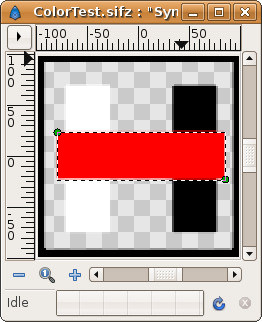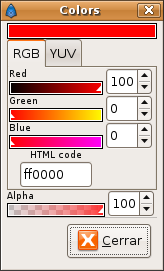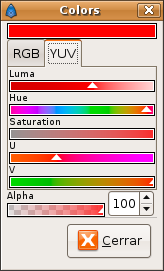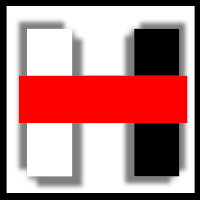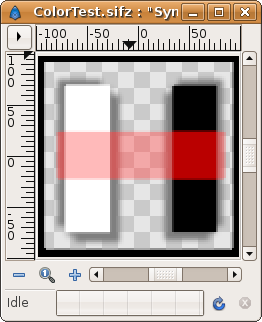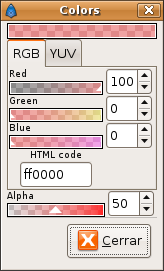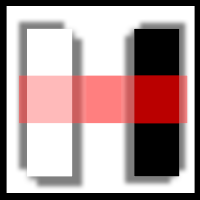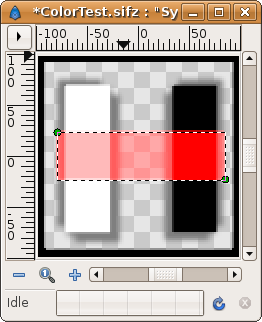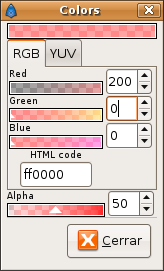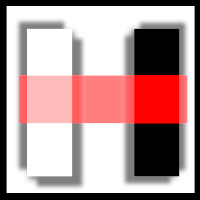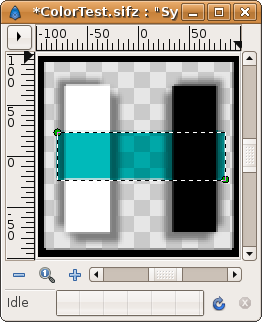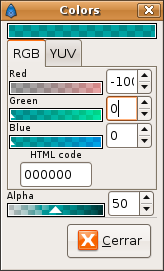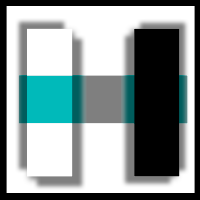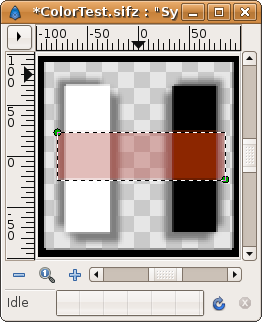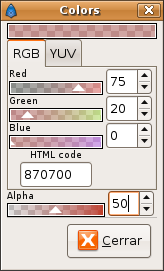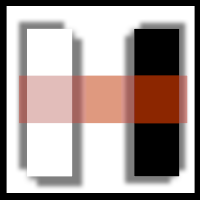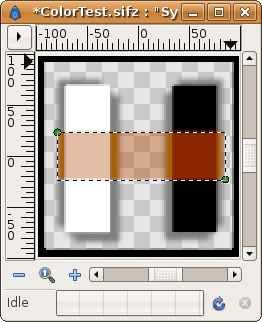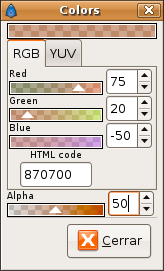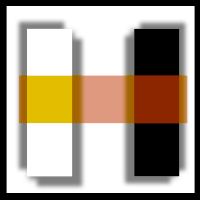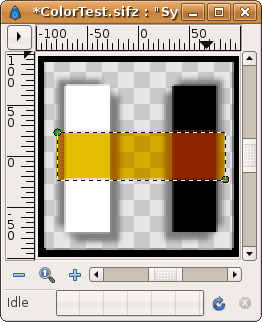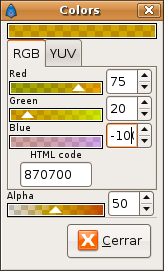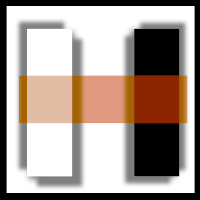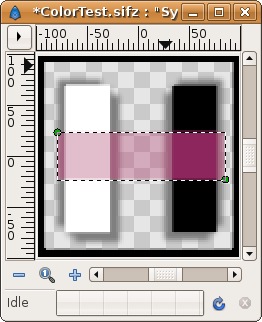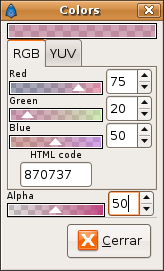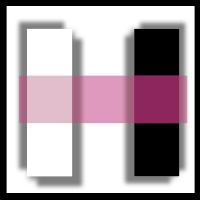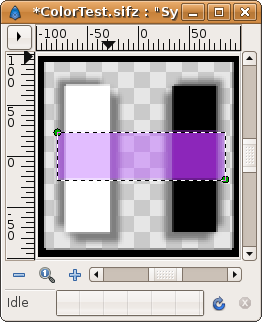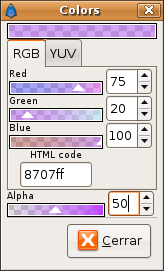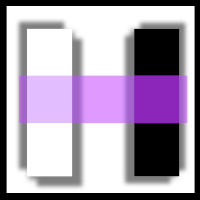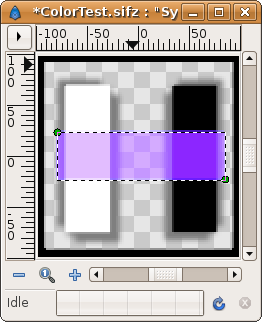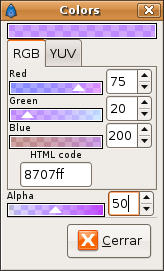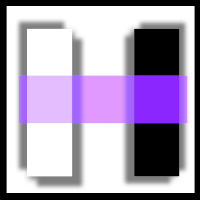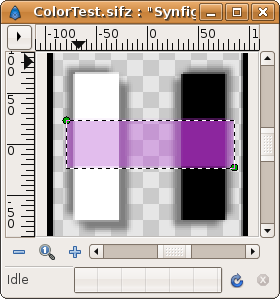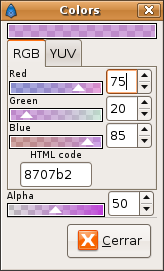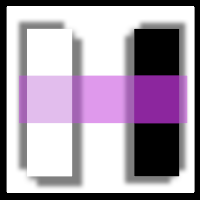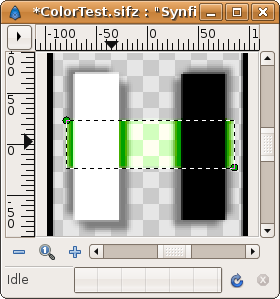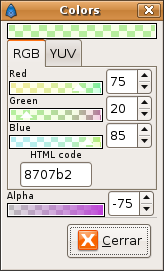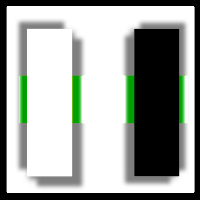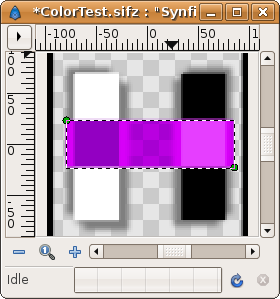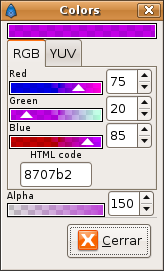Gestore Colore
(Created page with "<!-- Page info --> {{Title|Color Editor Dialog}} {{Category|Dialogs}} <!-- Page info end --> ==The Color Dialog == The color dialog has two sections: one for the color itself an...") |
m |
||
| Line 1: | Line 1: | ||
<!-- Page info --> | <!-- Page info --> | ||
| − | {{Title| | + | {{Title|Gestore Colore}} |
{{Category|Dialogs}} | {{Category|Dialogs}} | ||
<!-- Page info end --> | <!-- Page info end --> | ||
| − | == | + | ==Il Gestore del Colore== |
| − | + | Il Gestore del Colore ha due sezioni: una per il colore stesso e l'altra per il canale alfa (l'opacità del colore)La sezione colore permette di effettuare cambiamenti ai canali di colore e ne mostra la codifica esadecimale. Questa codifica non include il canale alfa. | |
{{l|Image:Color1.png}} {{l|Image:ColorDialog1.png}} {{l|Image:ColorsDialogYUV1.png}} {{l|Image:ColorTest1.png}} | {{l|Image:Color1.png}} {{l|Image:ColorDialog1.png}} {{l|Image:ColorsDialogYUV1.png}} {{l|Image:ColorTest1.png}} | ||
| − | + | Puoi impostare il colore che utilizzi in due modi: La composizione RGB(per i canali: red=rosso, green=verde e blue=blu) o la composizione YUV (per i canali: luma=luminanza, hue=tonalità, saturazione, U e V). Seleziona una delle etichette per modificare con il metodo desiderato. | |
| − | + | Tutti i valori dei canali RGB e alpha possono essere modificati usando il cursore triangolare o inserendo le cifre. In ogni caso il valore può variare tra 0 e 100. E' comunque anche possibile portare i valori RGB e alpha oltre 100 e al di sotto di 0. Se si impostano valori superiori a 100 viene effettuato uno scostamento del colore con una trasparenza. Analogamente avviene per valori inferiori allo 0. Puoi generare un oggetto con un colore pari ad alfa = 200. Poi applicarlo su un altrolivello con alfa = 100 ed usare "alfa sopra" come metodo di composizione. Otterrai un alfa composti pari a -100 (-100 = 100-200). In ogni caso il valore alfa verrà troncato per essere compreso tra [0,100] durante la renderizzazione dell'immagine in quanto queste non possono avere alfa negativi o superiori al 100% (''Sicuro?''). | |
| − | + | I canali YUV, d'altronde possono solo essere impostati tramite i cursori triangolari. Sarebbe una buona funzionalità se tali canali potessero anche essere modificati dai loro valori numerici. | |
| − | == | + | ==Esempi di canali RGB al di fuori di [0,100]== |
Here are some examples of what happens when a color channel value is set to values beyond its natural scope. | Here are some examples of what happens when a color channel value is set to values beyond its natural scope. | ||
Revision as of 16:50, 9 September 2011
|
Warning! This page contains outdated information. The release of Synfig Studio 0.64.0 introduced new terminology and this translated page needs to be updated according to original English text. You can help updating this page - see instructions here. Thank you! |
Contents
Il Gestore del Colore
Il Gestore del Colore ha due sezioni: una per il colore stesso e l'altra per il canale alfa (l'opacità del colore)La sezione colore permette di effettuare cambiamenti ai canali di colore e ne mostra la codifica esadecimale. Questa codifica non include il canale alfa.
Puoi impostare il colore che utilizzi in due modi: La composizione RGB(per i canali: red=rosso, green=verde e blue=blu) o la composizione YUV (per i canali: luma=luminanza, hue=tonalità, saturazione, U e V). Seleziona una delle etichette per modificare con il metodo desiderato.
Tutti i valori dei canali RGB e alpha possono essere modificati usando il cursore triangolare o inserendo le cifre. In ogni caso il valore può variare tra 0 e 100. E' comunque anche possibile portare i valori RGB e alpha oltre 100 e al di sotto di 0. Se si impostano valori superiori a 100 viene effettuato uno scostamento del colore con una trasparenza. Analogamente avviene per valori inferiori allo 0. Puoi generare un oggetto con un colore pari ad alfa = 200. Poi applicarlo su un altrolivello con alfa = 100 ed usare "alfa sopra" come metodo di composizione. Otterrai un alfa composti pari a -100 (-100 = 100-200). In ogni caso il valore alfa verrà troncato per essere compreso tra [0,100] durante la renderizzazione dell'immagine in quanto queste non possono avere alfa negativi o superiori al 100% (Sicuro?).
I canali YUV, d'altronde possono solo essere impostati tramite i cursori triangolari. Sarebbe una buona funzionalità se tali canali potessero anche essere modificati dai loro valori numerici.
Esempi di canali RGB al di fuori di [0,100]
Here are some examples of what happens when a color channel value is set to values beyond its natural scope.
In all the examples the blend method of the horizontal rectangle was "composite".
In the examples you can notice that negative values for an RGB channel ("overdesaturated") combined with alpha set to an intermediate value affects light colors more than dark colors. On the other hand RGB channel values greater than 100 ("oversaturated") affects dark colors more than light colors.
Examples of Alpha channel outside [0,100]
In the following examples you can see that negative alpha values and bigger than 100% alpha values composited with other layers produces very interesting effects. If someone want to explain why those effects are produced, please edit this page! :)
The sample file
This is the file that I've used to produce the color effects. Media:ColorTest.sifz
